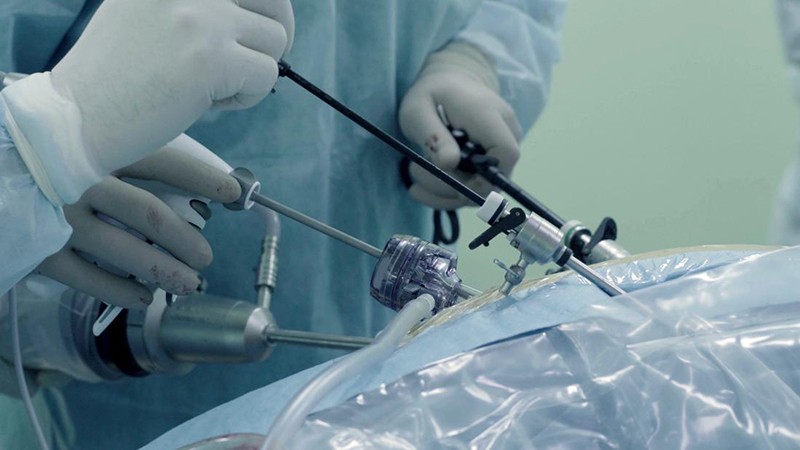
Laparoscopic Surgery
What is Laparoscopy?
Laparoscopy is a minimally invasive diagnostic procedure that allows Dr Makhoba to examine the abdomen, along with the relative organs. A laparoscopy is often performed as an alternative procedure when x-rays and other tests have indeterminate results.
Why is a Laparoscopy Necessary?
Laparoscopies are performed to get insight on worrying and uncomfortable symptoms that relate to the abdomen, as well as the female reproductive system. A laparoscopy can also detect cancerous and precancerous growths.
Types of Laparoscopic Procedures
Abdominal Procedures
Cholecystectomy
A cholecystectomy is the surgical removal of the gallbladder to treat cholecystitis. Cholecystitis is the inflammation of the gallbladder caused by blockage (gallstones) from the gallbladder to the small intestine. The symptoms of cholecystitis vary between the locus, gastrointestinal and entire body. These symptoms include severe abdominal pain, nausea and fever.
Appendectomy
An appendectomy is the removal of the appendix and is performed to treat appendicitis. Appendicitis is the inflammation of the appendix. Symptoms of appendicitis include migrating abdominal pain, fever, loss of appetite and nausea.
Female Reproductive System Procedures
Uterine Myomectomy
A uterine myomectomy is the surgical removal of benign tumours (fibroids) found in the uterus. In some cases, the patient may not experience any symptoms. However, these fibroids can cause abdominal, pelvic and lower lumbar pain. Fibroids can also cause heavy or irregular menstruation and sometimes prolonged menstruation.
Endometrial Ablation
Endometrial Ablation is a procedure that removes the lining of the uterus (endometrium) to treat endometriosis. Endometriosis is when the endometrium lining grows outside the uterus. As a result, pain in the abdominal, gastrointestinal, lower back and pelvic regions may occur. It is also common for endometriosis to prompt menstrual irregularities and sometimes infertility.
